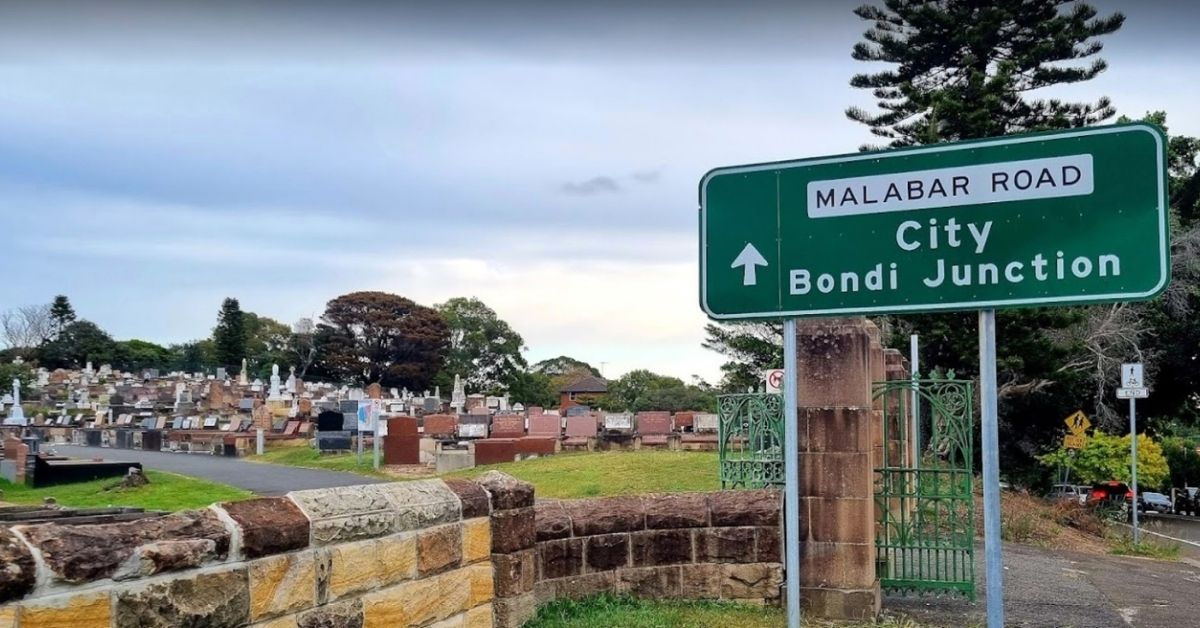Randwick General Cemetery, located along Malabar Rd in South Coogee, has been around since the 1870s, when Randwick residents sought to establish a place to bury their beloved departed. Over time, it has become the burial site for some very important personalities in the Eastern Suburbs.
Prior to the opening of the Randwick General Cemetery, residents used to bury their dead at Rookwood Cemetery some 27 kilometres away or at the St Jude’s Cemetery beside the Anglican Church of Randwick.
In December 1871, the locals asked Council to secure a convenient cemetery. Simeon Pearce, Randwick’s first mayor, carried out a motion for Alderman Walter Bradley to approach the Minister for Lands and request a dedicated site for the cemetery.
However, it took more than a year for this plan to come to fruition because of local disputes. As a devout Protestant, Mr Pearce wanted the cemetery exclusive for Anglican burials only.
Despite this, Mr Pearce was able to succeed in convincing Council to purchase land along Long Bay Road. The cemetery had two sections facing Maroubra Beach with Mr Pearce as the first appointed manager.
The first burial took place in September 1874. The site, however, became a “general cemetery” or a cemetery for all denominations when Mr Pearce no longer managed the operations.
In 1930s, Long Bay became known as “Malabar” and Long Bay Road became “Malabar Road” as a tribute to the MV Malabar that sank on the bay. In the 1970s, Randwick Council expanded the cemetery to eight acres.
Randwick Council remains the manager of the general cemetery, which no longer has plots or vaults for sale. However, the cemetery still holds internments and burials in existing plots.
Notable Locals Buried at Randwick General Cemetery
Sir John See was a shipping magnate before he became the Mayor of Randwick and then Premier of New South Wales from 1901 to 1904. During his time, the State Government passed the Female Suffrage Act.
Henry Alexander Wylie, who built Wylie’s Bath, was also buried in this cemetery.
Charles Catley, known as the forgotten “Father of Coogee,” was buried next to his wife in the Anglican section. The couple were community pioneers who helped developed the commercial progression of Coogee Bay Road but there are no streets or landmarks dedicated to them.
Edward Charles Ogilvie Grant, the figure named for Grant Reserve in Coogee, was an activist and Alderman. He was buried with his wife, who served on the committee of the McIvers Women’s Bath.
The Hobsons, Charles, the father, and Albert, the son, have a vault at the cemetery. Charles Hobson, who died in 1926, helped build the Coogee Palace Aquarium. His son, who died in 1945, uncovered the intriguing shark arm murder case.








